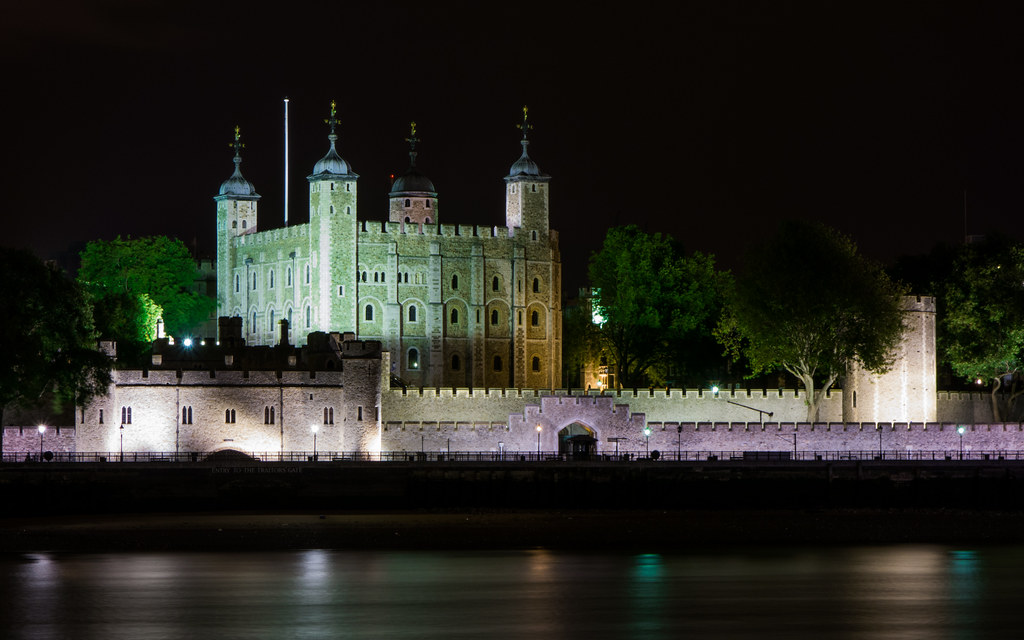The Ceremony of the Keys is one of the oldest and most famous traditions in London, and it takes place every night at the Tower of London. The ceremony has been performed for over 700 years and is a unique and fascinating event that draws visitors from around the world. In this article, we will delve into the history and significance of the Ceremony of the Keys and what visitors can expect from this iconic event.
History of The Ceremony of the Keys?
The Ceremony of the Keys is a tradition that dates back to the 14th century, during the reign of King Edward III. It is a symbolic event that marks the locking up of the Tower of London for the night. The ceremony has been performed every night since that time, except during World War II, when it was briefly suspended due to the bombing of London.
The ceremony is performed by the Yeoman Warders, who are also known as the Beefeaters. The Yeoman Warders are the ceremonial guardians of the Tower of London, and they have played an important role in the ceremony for centuries.
The Ceremony of the Keys is an important part of British history and culture, and it has been witnessed by many important historical figures over the centuries. Queen Victoria, for example, witnessed the ceremony during her reign, and it has also been witnessed by members of the royal family and other important dignitaries.
Booking Tickets and What to Expect from the Ceremony
The Ceremony of the Keys takes place every night at 9:30 pm, and visitors can attend the ceremony, but tickets need to be booked in advance. The ceremony is a unique and memorable event that is well worth seeing if you’re visiting London. Tickets for the Ceremony of the Keys can only be booked online below.
The ceremony itself takes place in the Tower of London, and visitors are guided by a Yeoman Warder through the fortress and into the grounds where the ceremony is performed. The atmosphere is charged with anticipation as visitors are led to the main gate of the Tower, where the ceremony will take place.
The ceremony lasts for approximately 30 minutes and involves the locking of the gates to the Tower of London. The Yeoman Warder in charge of the ceremony is responsible for the safekeeping of the keys, and he is accompanied by a small group of soldiers who help to secure the gates.
The ceremony is performed with great precision and formality, and it includes a number of traditional customs and rituals. The Yeoman Warder in charge of the ceremony will deliver a series of commands and perform various actions, such as the handing over of the keys and the locking of the gates.
Visitors are not allowed to take photographs during the ceremony, but they are free to take pictures before and after the event. The atmosphere of the ceremony is one of reverence and solemnity, and visitors are asked to be respectful and quiet throughout the duration of the event.

The Chief Warder emerges from the Byward Tower wearing his long red coat and Tudor bonnet, carrying in one hand a candle lantern and in the other hand the Queen’s Keys. With solemn tread, he moves along Water Lane, to Traitors Gate where his escort provided by one of the regiments of Foot Guards awaits him. He hands the lantern to an escorting soldier and the party moves to the outer gate. En route, all guards and sentries salute the Queen’s Keys. After locking the outer gate the Chief Warder and escort retrace their steps. The great oak gates of the Middle and Byward Towers are locked in turn. They now return along Water lane towards Traitors Gate where in the shadows of the Bloody Tower archway a sentry waits.
When the party approaches the sentry challenges, “Who goes there?” The Chief Warder answers: “The Keys.” “Whose Keys?” the sentry demands. “Queen Elizabeth’s Keys.” “Pass Queen Elizabeth’s Keys. All’s well” is the sentry’s final rejoinder.
The party then proceeds through the Bloody Tower archway and up toward the steps where the main guard is drawn up. The Chief Warder and escort halt at the foot of the steps and the officer in charge gives the command to present arms. The Chief Warder moves two paces forward, raises his Tudor bonnet high in the air and calls “God preserve Queen Elizabeth.” The guard answers “Amen” just as the clock chimes ten and the bugler sounds Last Post. The Chief Warder takes the keys to the Queen’s House and the guard is dismissed.
- Journey Through Time: Stonehenge and Windsor Castle Tour - September 11, 2023
- The UK Merlin Annual Pass: A Comprehensive Guide - August 7, 2023
- 10 Prominent People Buried at Westminster Abbey - August 7, 2023
